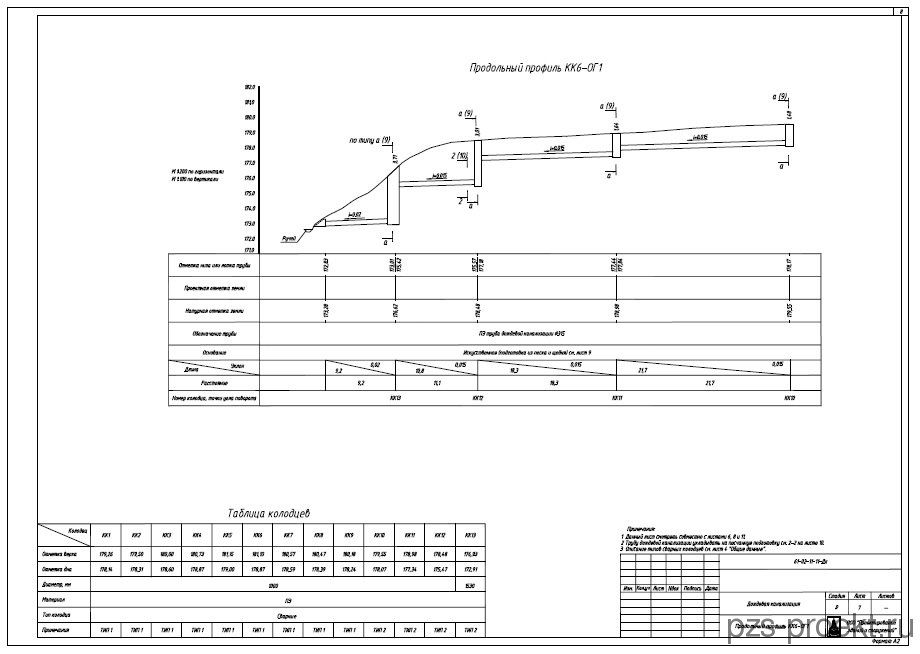Drainage or drainage sewer project
Drainage project- an important part of the design documentation for the future building. A drainage project is carried out in case the probability of flooding of the territory is found at the construction site, as a result of the influence of groundwater or the absence of filtration layers. Then additional water disposal measures are needed.
Drainages are divided according to their purpose, according to the type of their constructive solution, location relative to the territory they protect.
Depending on the situation at the site, near-foundation (wall) drainage or reservoir, in some cases, both types of drainage may be required.
To complete a drainage project, you need:
Site plan on a scale of 1:500 with a topographic survey and the correct location of objects under construction or existing on the site;
Dendrological site plan;
Report on engineering and geological surveys;
- technical report on hydrogeological conditions of construction;
Relief organization project;
Plans and marks of floors of basements and subfloors of buildings;
Plans, sections and sweeps of building foundations;
Plans, longitudinal profiles and sections of underground channels.
The drainage project is carried out on the basis of the following regulatory documents:
- "Guidelines for the design of drainage of buildings and structures";
A drainage project typically includes:
1. General plan of the drainage system of the site, indicating the flow of water;
2. Reservoir drainage plan, taking into account the dimensions of the foundation;
3. General explanatory note describing special places and conditions;
4. Sections along the drainage pipeline line, taking into account the geological structure of the site;
6. Table of wells;
7. Specification of materials for drainage.
Often, when performing a drainage project, for the correct selection of sections and dimensions of pipeline elements, it is required to perform a hydraulic calculation. To perform a hydraulic calculation of drainage, it is necessary to have data on the composition of soils and the hydrological features of the site. To create drainage systems, pipelines from various materials are used - ceramic, asbestos-cement, concrete and polymer. Today, the most used material is plastic. Plastic drainage pipes are practical, easy to use, durable and relatively inexpensive.
The specialists of our company can develop a drainage project of any complexity. We guarantee high-quality and fast execution of project documentation.




